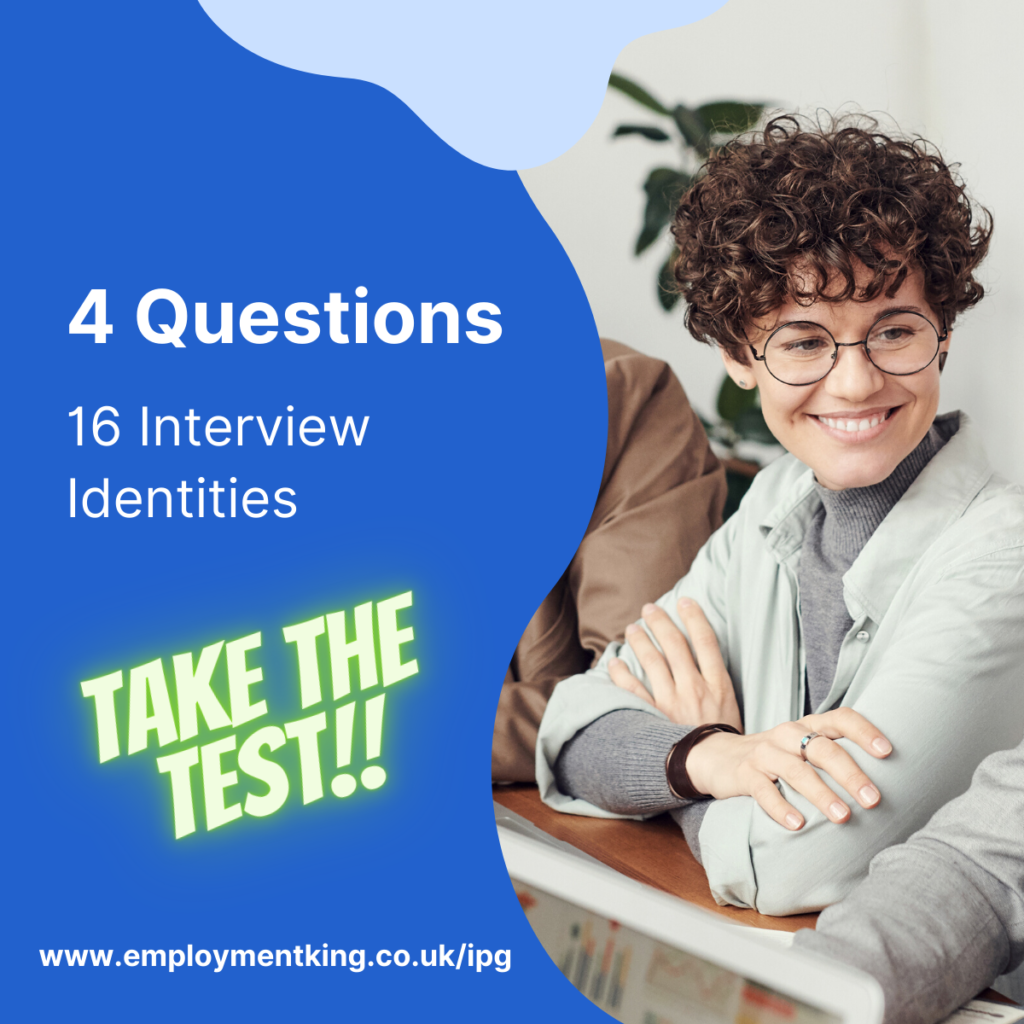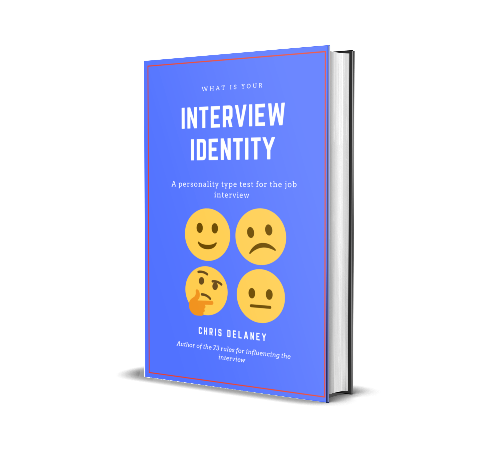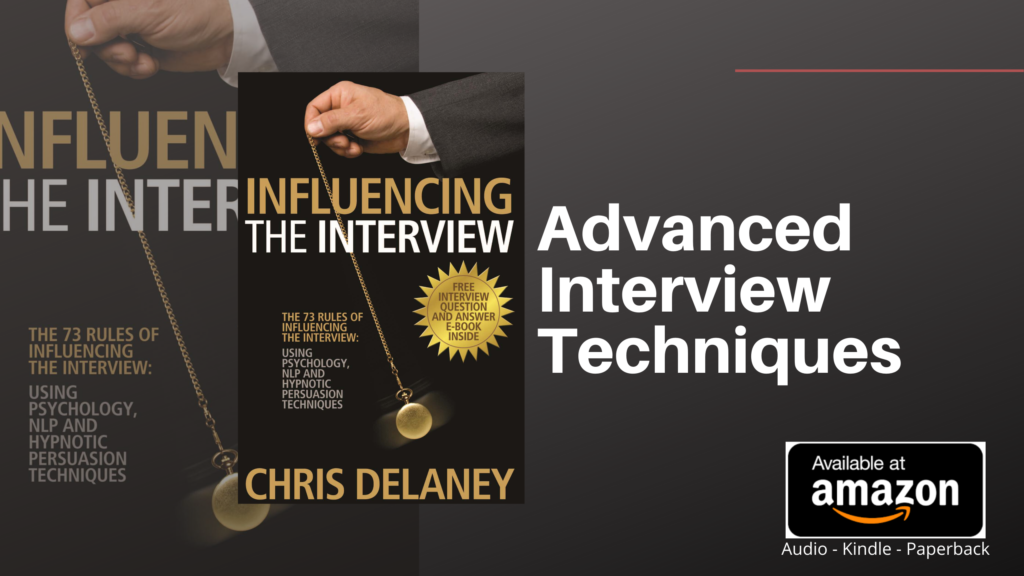A hiring manager’s key objective is to determine the job performance of each job applicant. The interview, therefore, is a short window where candidates must make a strong impression that showcases suitability through the confident communication of competencies.
In the main, career professionals answer interview questions by stating knowledge, experiences, and skillsets – this includes skills, strengths, and qualities, allowing the interview panel to analyse each answer against the job criteria – a logical decision-making process.
Unknown to many job seekers, is the subconscious emotional decision-making process that influences the logical part of the brain – the gut reaction. The emotional brain – the amygdala, reacts much quicker than the logical thinking part of the brain- the frontal lobe.
This means that communication, verbal and non-verbal, produced by the interviewee initially triggers the emotional reaction of the interviewer – a generalisation ‘I like this applicant’ or ‘I dislike this candidate’ prior the interviewers logical decision-making process – a analytical choice ‘the applicant meets 5 out of 6 job criteria’s’ or ‘the candidate only has experience in only 2 out of 6 job criteria’s’.
A First Impression isn’t a Logical Process
Most employers adopt the structured job interview process as a means to fairly determine the job performance of each applicant, as research shows how a behavioral or situational interview is most likely to create a hiring decision based on the requirements to meet the job criteria.
The seven-second rule – ‘first impressions are made within 7 seconds of meeting an interviewee’ is incorrect, in fact, it only takes a tenth of a second. An article in Psychological Science explains: ‘A series of experiments by Princeton psychologists Janine Willis and Alexander Todorov reveal that all it takes is a tenth of a second to form an impression of a stranger from their face, and that longer exposures don’t significantly alter those impressions (although they might boost your confidence in your judgments)’.
Instant impressions can be wrong. They are filled with unconscious biases and, initially, have no evidence to support the belief – ‘I can see this person being a good fit’ or ‘I don’t know what it is but I can’t see them as part of the team’.
Importantly, the first impression influences the logical mind. Imagine you wanted to get a bite to eat. As you are walking down a high street looking for a restaurant you see two establishments side by side. As you quickly scan your head your subconscious takes in a large amount of information: the restaurant name. The colour and font of the restaurant’s sign. How one has tables outside and another doesn’t. If one restaurant looks cleaner than the other. The number of people in each restaurant. The style of dress of the waiters.
Instantly you are drawn to one of the restaurants – ‘this place looks nice’. Once a decision is made – ‘I like this restaurant’ or ‘this candidate seems suitable for the role’ the decision-maker will remember their choices as better or more suitable than they were. This is due to choice-supportive bias. Choice-support bias is the tendency to remember a decision as better than it actually was, by attributing positive features to the first choice, and negative features to the choice not taken.
In the job interview, this would sound like: ‘The (first choice) has X experience which would be suitable for (task). The (second choice) didn’t mention X in the interview which is an important part of the job role’.
What Triggers a Strong or Weak First Impression?
As seen with the ‘which restaurant to dine at’ decision, the subconscious computes a large amount of data which is filtered through the decision makers filters (experiences, beliefs, values, emotional state). A person’s filters makes the decision making process personal, another person choosing a restaurant may have chosen the second restaurant due to their personal filters. Or one interviewer may preference one applicant, and a second interviewer a second candidate.
What is interesting is that external factors can influence a person’s choice. Social proof, as an example – one restaurant being filled with customers and the second restaurant being empty can influence the choice – ‘if everyone is eating in the first restaurant is must be good’. In a job interview, a weaker interviewer may be influenced by a high-status interview panel members opinion.
In an experiment by Janine Willis and Alexander Todorov on first impressions, a group of participants were shown photographs of faces for 1/10th of a second, half a second, and a full second, and asked to judge each person’s IE ‘is this person competent?’ The results were compared with a second group who completed the same experiment but without a time constraints. The experiment found that no matter the duration of the decision-making process, decisions that were made in 1/10th of a second were highly correlated with judgments made without time constraints
An employer’s first impressions can be influenced by the interviewee. Much research shows how a number of elements can help improve the first impression during a job interview. Negative impressions are often caused by anxiety. Feeling nervous affects non-verbal communication: facial expressions, gestures, and postures, and verbal communication: projection, tonality, and word choice.
Emotional Displays Influence Decision Making
A blank expression doesn’t create trust. A high number of interviewees will adopt a neutral facial expression during a job interview. Some, those with higher levels of anxiety, may subconsciously frown or have a look of shock – mouth wide open.
Both a blank expression, the look of shock, or even those who show contempt or anger will create distrust with the hiring manager. Even if the subconscious facial expressions are created due to the body’s response to anxiety, the employer will react from the initial negative impression. On the other hand, smiling and laughter, have been shown to promote affiliative tendencies in observers (Campellone and Kring 2012). Smiling improves trust, rapport and creates and more personal impression
It’s not what you say, it’s how you say it
The advice given for job interview preparation is to prepare high-scoring interview answers. High-scoring interview answers are examples and data/facts that meet the job criteria on the interview scorecard.
Simply stating information isn’t enough. From a logical perspective, stating the required information should result in a job offer. As discussed previously, decisions are made and influenced by the emotional mind. Using varied pace, tonality and projection can improve the delivery of each job interview answer.
Anxious people will have a tendency to speak at a fast pace. The average rate of speech ranges from around one hundred forty to one hundred seventy words per minute. Speeding up or slowing down the pace of speech can help to reiterate a point. Speaking fast shows excitement and pausing before an important point helps an audience to know that they must listen. Speaking with emotion also conveys the desired message as the chosen words and voice match.
Speaking too slowly in a monotone voice can be detrimental to the success of an interview as a slow monotone voice can be hypnotic sending the interviewer to sleep, or at best into a daydream state where they don’t listen to the point being attempted to be made.

The Power of Physical Appearance
Science Daily shared an article that explained the mind – body cycle. Sitting up straight while writing why you are suitable for a job increases self-esteem, the participants were more likely to believe the statement compared to participants writing the same message while ‘slumped’ in their chair.
Much research shows that by standing/sitting in a confident posture increase confidence. Confident interviewees will have stronger eye contact, a straight back and head held high, chest out, and walk with a sway.
Anxious applicants look down, fidget, slump in the chair, cross their legs when giving an interview presentation and avoid eye contact.
By purposely adopting a posture, a job candidate can trick the brain into believing they are more confident. Feeling confident then improves posture creating a mind-body cycle.
Improve Your Job Interview Performance
To improve your job interview identity stop showing signs of weaknesses. The weak leaks come from negative facial expressions, monotone, and fast-paced voice, and slumped posture. Instead, smile and relax. Use emotions in your voice and pause when speaking. Walk tall with your head held high and increase eye contact. You are what you feel, feel more confident, become more confident.






